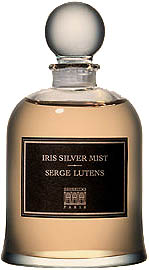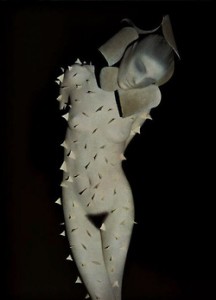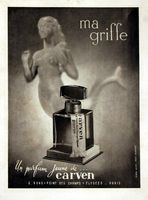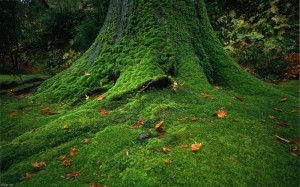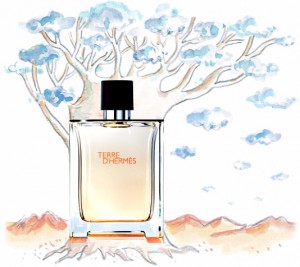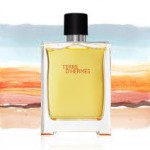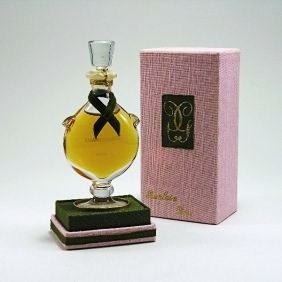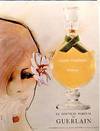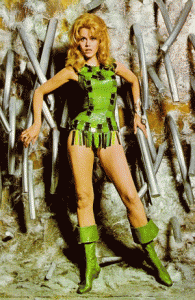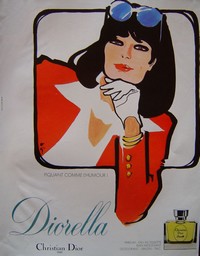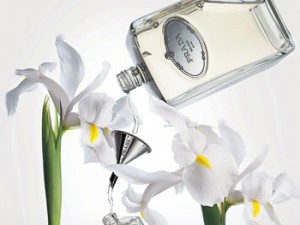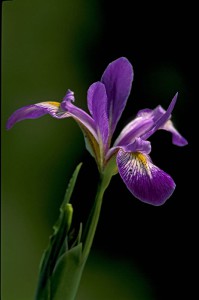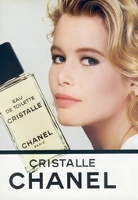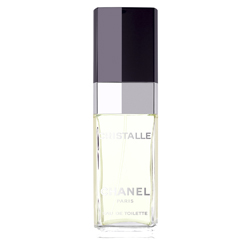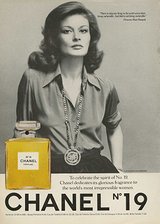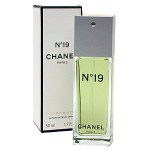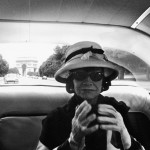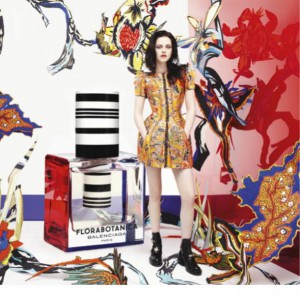Serge Lutens – Iris Silver Mist
There are certain perfumes which so perfectly capture the essence of a particular flower that they achieve a level of cult status that makes it nearly impossible for other fragrances to contend with. For the deep velvety rose, there is Guerlain’s Nahema. For the lovely tuberose, there is Fracas by Robert Piguet. And until I am fortunate enough to make the acquaintance of the mythic Iris Gris by Jacques Fath, there is no single perfume which so fully captures the essence of iris as well as Iris Silver Mist.
Iris Silver Mist was a collaboration between Serge Lutens and Maurice Roucel, the nose behind Hermès 24, Faubourg, and Musc Ravageur from Editions de Parfums Frederic Malle. The story goes that Lutens pestered his nose to devise the consummate iris – and Roucel reciprocated by creating a fragrance incorporating every iris note available – an iris to end them all. The result is fairly magical, like witnessing the plant’s evolution through all its stages of growth. Iris Silver Mist starts out with a rooty, carrot-like note that is all iris bulbs, vegetal and earthy with a slightly spicy snap. As the fragrance evolves, we make our way up out of the earth, along the sharp, crisp green stalk of the plant. Once it is warmed by the skin, the floral aspect becomes more prominent and we are treated to the iris flower in all its splendor: metallic, dusty, powdery, soft and slightly ghostlike, with hints of its green stem and soil-covered bulb hovering in and out of focus.
Although Roucel may have taken direction from Lutens with respect to the creation, the fragrance speaks to me of another perfume house. While Iris Silver Mist certainly shares some of the bold characteristics of other perfumes in the Lutens line, it felt like their version of a Guerlain, though perhaps with a touch of irony. Iris Silver Mist has good longevity, though its sillage is lighter than many of Luten’s other creations. Many Serge Lutens fans often comment that his perfumes come on too strong when sprayed as opposed to dabbed, and this may be one of the exceptions. While Iris Silver Mist comes in one of the gorgeous “bell jars”, I personally felt compelled to decant it, so I could spray with abandon. Breathtaking.
Notes: iris, clove, cedarwood, sandalwood, vetiver, white amber, labdanum, musks, benzoin, incense.

